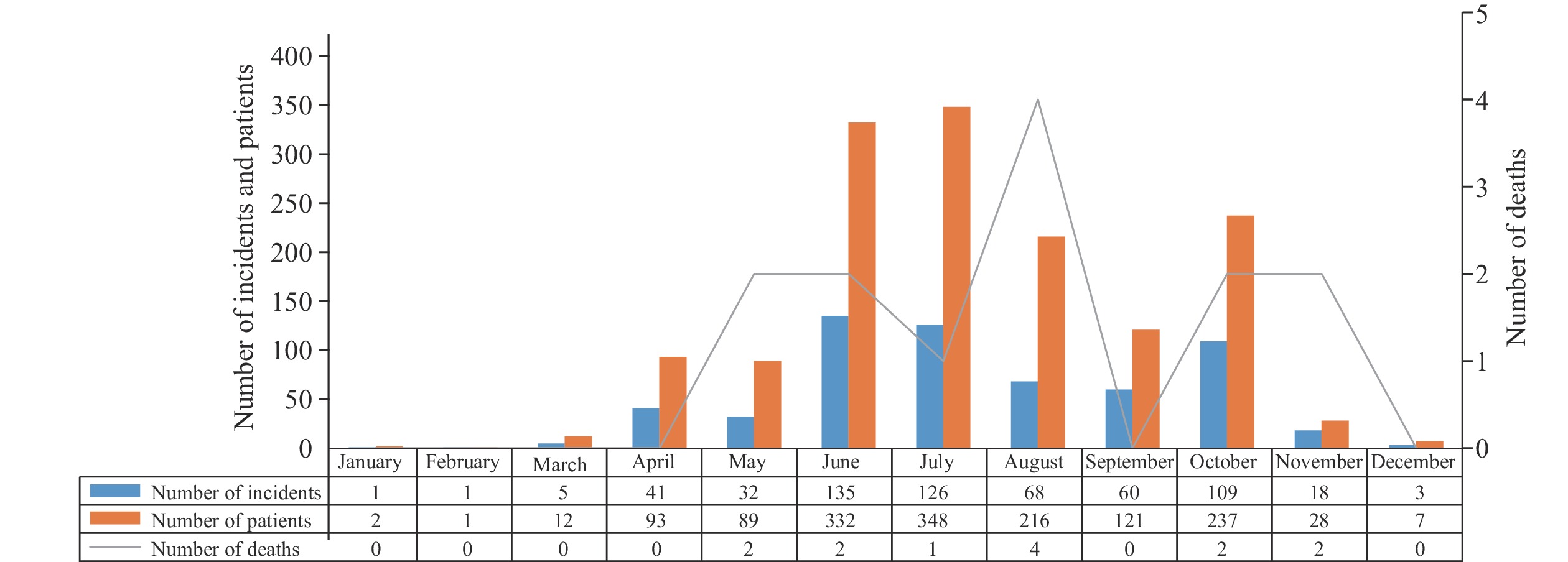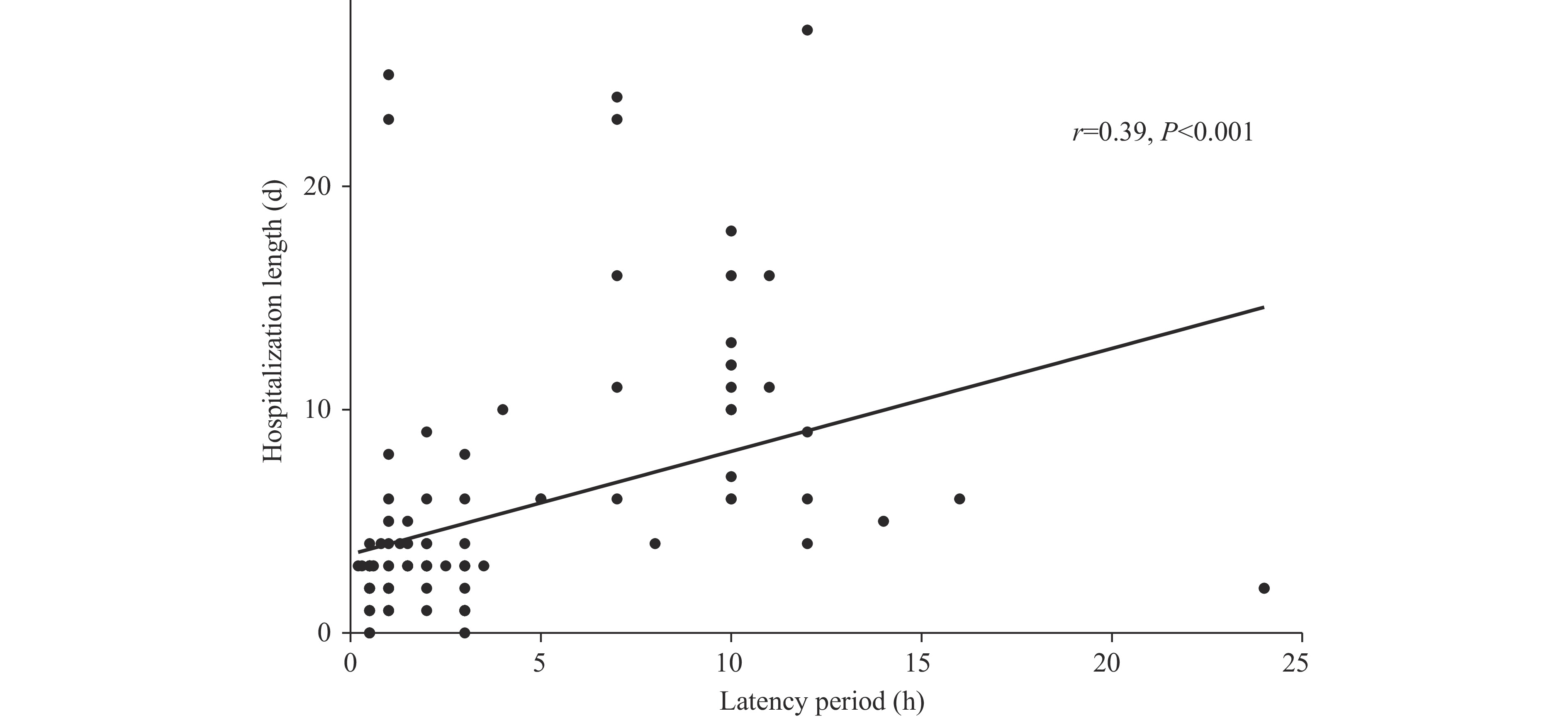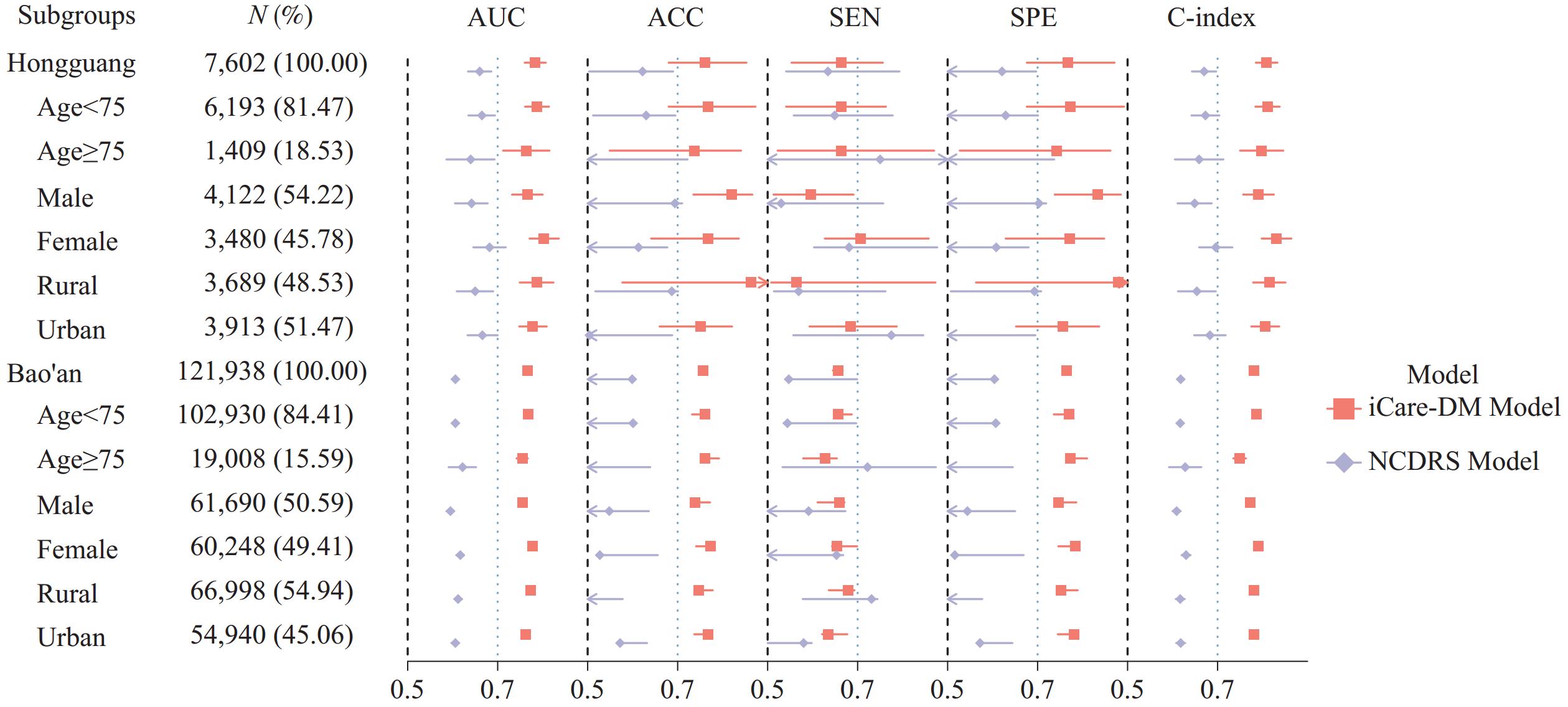2025 Vol. 7, No. 19
Mushroom poisoning is a serious food safety problem in China. Since 2019, China CDC has conducted a series of investigations into mushroom poisoning outbreaks. These investigations have revealed the spatial and temporal distribution patterns of mushroom poisoning and the diversity of poisonous mushroom species in China.
In 2024, China CDC investigated 599 mushroom poisoning incidents across 28 provincial-level administrative divisions (PLADs). These incidents affected 1,486 patients and resulted in 13 deaths, with a case fatality rate of 0.87%. Investigators identified 110 poisonous mushroom species causing 7 distinct clinical disease types, including 8 species newly documented as poisonous mushrooms in China.
Timely species identification, toxin detection, and clinical type confirmation are crucial for effective mushroom poisoning control and proper patient treatment.
Body fat percentage (BF%) is a fundamental indicator of body composition that provides critical insights into fat distribution patterns. However, comprehensive national data on BF% and its geographical distribution patterns among the Chinese preschoolers aged 3 to 6 years remain limited.
This study presents novel national data analyzing the prevalence and geographical patterns of BF% among Chinese preschool children, along with key determinants. The findings reveal a mean BF% of 20.7% among the Chinese preschoolers, with distinct geographical clustering patterns. The analysis identifies significant hotspots and cold spots aligned with major geographical boundaries, while demonstrating that sex, parental characteristics, education level, and environmental factors significantly influence preschool children’s BF%.
These findings provide critical baseline data on preschool children’s BF% levels and reveal substantial geographical disparities. The observed regional variations suggest the need for targeted public health interventions and region-specific strategies for childhood obesity prevention, emphasizing the importance of implementing evidence-based health education and intervention programs tailored to local contexts.
Post-vaccination serologic testing (PVST) of infants born to hepatitis B virus (HBV) infected mothers is important for evaluating effectiveness of strategies for preventing mother-to-child transmission (MTCT) of HBV.
PVST was conducted in 43.7% of 7,425 infants born to HBV-infected mothers and showed that 0.8% of infants had breakthrough infections, indicating a very low level of prevention failure; anti-HBs positivity was 97.0% showing vaccine-induced protection; and 2.2% of HBV-exposed infants needed revaccination. Prevention failure was 12.7-fold higher among infants born to HBeAg-positive mothers.
MTCT prevention strategy is highly effective. PVST evaluates MTCT prevention strategy and identifies infants needing revaccination; its use should be increased. Findings support WHO’s HBV elimination strategy.
Mushroom poisoning is a significant food safety issue with an increasing incidence, with Southwest China being the most severely affected region.
This study analyzed 112 cases of mushroom poisoning admitted to a specialized toxicology hospital in Guangzhou City, Guangdong Province, China. A total of 9 mushroom species were identified across 4 poisoning types. Among 51 poisoning incidents, gastroenteritis was the most common presentation. However, acute liver failure caused by lethal Amanita spp. accounted for all mortality in this cohort. Shorter latency periods were associated with less severe poisoning outcomes. Our study applied the HOPE6 and TALK Chinese clinical assessment protocols to evaluate poisoning severity and prioritize multidisciplinary diagnostic processes. Initial treatment decisions based on poisoning type classification, consumption history, and latency period were key factors in preventing further morbidity in clinical management of mushroom poisoning.
Clinical management of mushroom poisoning requires improved diagnostic processes, particularly in mushroom species identification for informed clinical decision-making. Excessive medical interventions and their associated risks should be avoided during clinical management.
The concept of Food Education (食育, Shiokuiku), first proposed by Japanese researcher Sagen Ishizuka in 1861, has evolved globally over the years, encompassing food knowledge, healthy dietary behaviors, food preparation, and food safety. Professor Li Lite introduced this concept to China in 2006. This article specifically addresses food education for infants and young children.
In 2022, the National Health Commission of China issued Guidelines on Feeding and Nutrition of Infants and Young Children in Nursery Institutions. These guidelines delineate the scope of Food Education for infants and young children as encompassing food cognition, eating behaviors, and dietary culture.
Early childhood represents a critical period for establishing food preferences and dietary habits. Food education plays a pivotal role in familiarizing infants and young children with new foods and promoting healthy eating patterns. Without structured food education, young children are more susceptible to developing food neophobia and other unhealthy eating habits.
We propose strategies to enhance Food Education for infants and young children in China by establishing a comprehensive food education system that leverages multiple channels including families, nursery institutions, early childhood education institutions, and healthcare facilities. Additionally, we emphasize the need for targeted research on food education specifically designed for this age group.
Risk assessment for high-risk populations is critical for preventing Type 2 Diabetes Mellitus (T2DM). Although China’s public health services have continuously contributed to early grass-roots diagnosis of diabetes for years, universally applicable tools for identifying latent high-risk elderly populations urgently need to account for heterogeneity, robustness, and generalizability. Therefore, this study developed and validated the integrated Chinese Adapted Risk Evaluation for Diabetes Mellitus (iCARE-DM) model for elderly Chinese individuals.
The iCARE-DM model was developed based on pooled effect estimates from a meta-analysis of cohort studies that identified T2DM risk factors in East Asian populations and validated in three multicenter Chinese populations. Predictive performance was evaluated using area under the curve (AUC), sensitivity, specificity, accuracy, log-rank tests, and compared with the guideline-recommended model (i.e., New Chinese Diabetes Risk Score, NCDRS) as well as four machine learning (ML) models.
The iCARE-DM model achieved AUC values of 0.741, 0.783, and 0.766, outperforming the NCDRS model by at least 12%. Although the best-performing ML model achieved AUC values comparable to the iCARE-DM model, its performance varied significantly across populations (with a range as high as 9%). Subgroup analyses of the iCARE-DM model confirmed consistent performance across age, gender and rural-urban groups.
The iCARE-DM model demonstrated higher accuracy than the NCDRS model and exhibited superior robustness and generalizability compared to the ML models. The iCARE-DM model provides a robust, culturally adapted tool for T2DM risk assessment in elderly Chinese individuals.



 Subscribe for E-mail Alerts
Subscribe for E-mail Alerts CCDC Weekly RSS Feed
CCDC Weekly RSS Feed


